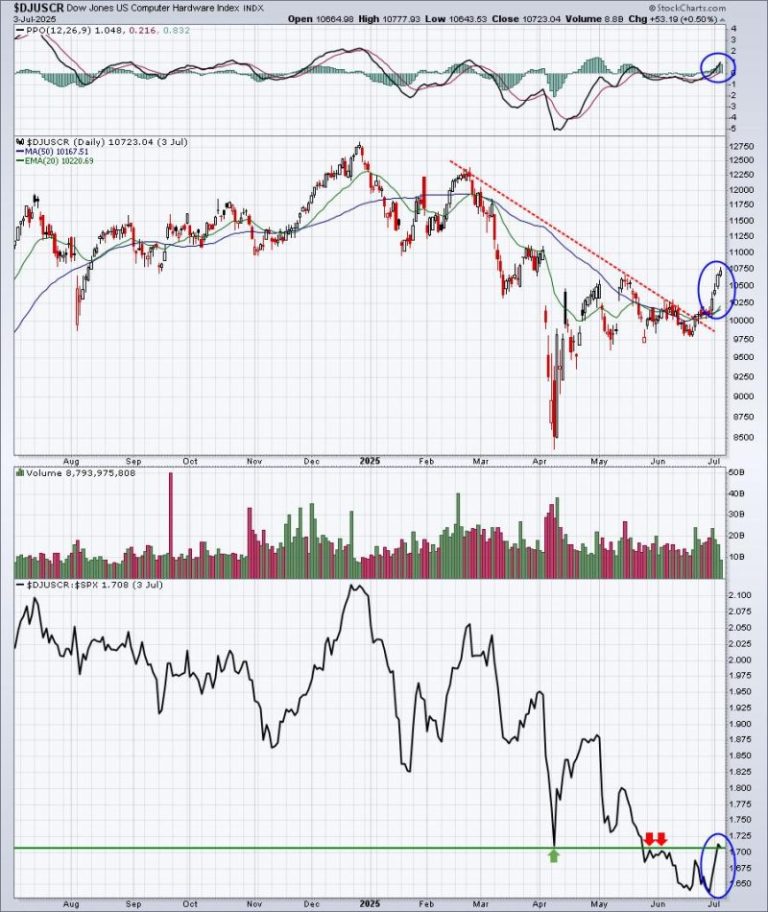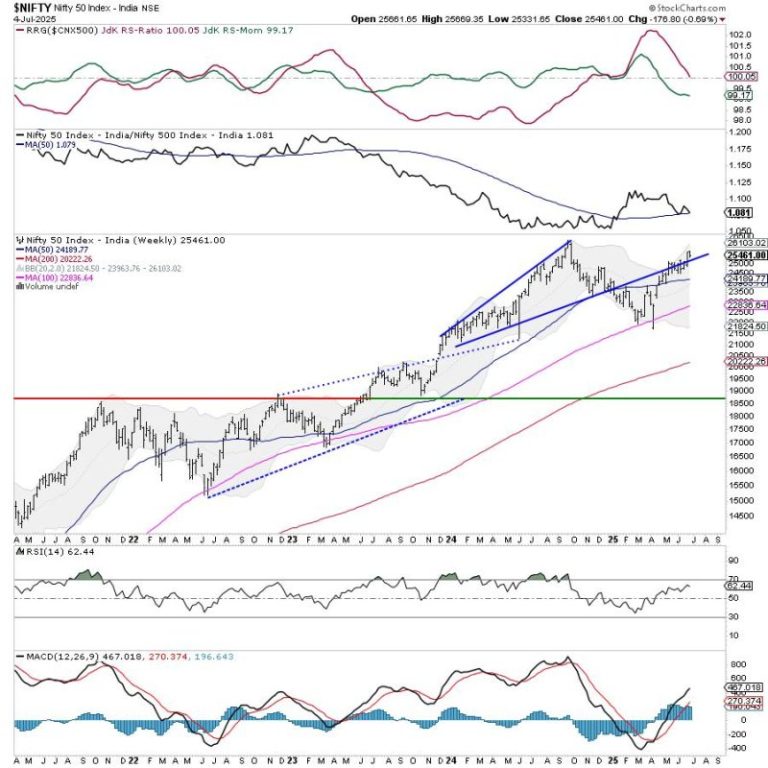Investor Insight
As it advances its portfolio of gold assets in Western Australia’s prolific Pilbara gold province and New Zealand’s Otago Schist Belt, New Age Exploration presents a compelling investor value proposition, supported by a lean, discovery-driven strategy and an experienced technical team.
Overview
New Age Exploration (ASX:NAE) is building a pure-play gold exploration story centered on high-quality assets in tier-one jurisdictions in Western Australia and New Zealand. The company’s clear strategy is to operate in geological corridors already proven by major discoveries, while applying modern, cost-effective exploration techniques to define new zones of mineralization.
In Western Australia, the company’s Wagyu gold project is directly along strike from De Grey Mining’s Hemi discovery – now owned by Northern Star Resources (ASX:NST). In New Zealand, its projects – Lammerlaw and Otago Pioneer Quartz – lie within the same regional structure that hosts OceanaGold’s (TSE:OGC) 5 Moz Macraes deposit and Santana Minerals’ (ASX:SMI) rapidly growing Rise & Shine system.
With gold prices hovering at all-time highs, NAE’s approach favours technology-led targeting, rather than brute-force drilling campaigns, by using geophysics, geochemistry and passive seismic to zero in on structurally controlled gold systems with potential for scale.
All its projects are supported by local technical teams and seasoned exploration leadership, allowing concurrent progress and capital-efficient deployment. Recent programs at Wagyu and Lammerlaw have confirmed early-stage discoveries, and both assets are advancing through their next stages of drilling and target definition.
Company Highlights
- Pilbara and Otago Exposure: Strategic landholdings in two world-class gold regions – Pilbara (WA) and Otago (NZ) – offering dual discovery potential.
- Hemi-style Intrusion Targets: The Wagyu Gold Project shares geological features and proximity with De Grey Mining’s 11.7 Moz Hemi discovery, increasing the likelihood of a major find.
- High-grade Intercepts: Recent drilling at Wagyu returned standout intercepts including 11.2 g/t gold and 1m @ 15.6 g/t gold.
- Emerging New Zealand Gold Revival: Positioned at the forefront of a regional exploration resurgence in New Zealand’s South Island, supported by rising gold prices and favorable regulatory conditions.
- Strong Cash Position: Recently raised AU$1.96 million to fund ongoing drilling, with multiple near-term catalysts expected.
Key Projects
Wagyu Gold Project
The Wagyu gold project is New Age Exploration’s flagship asset located in the highly prospective Central Pilbara region of Western Australia. The project is strategically situated between two major gold systems – Northern Star’s Hemi Gold Deposit (11.7 Moz gold resource) and the Withnell deposit – within the Mallina Basin, which hosts a similar intrusive-style orogenic gold mineralizing system. NAE holds exploration license E47/2974, which covers 136 sq km. Since acquiring the project, NAE has conducted extensive early-stage exploration, beginning with the reinterpretation of geophysical datasets, including airborne magnetics, radiometrics and satellite imagery, to delineate potential Hemi-style intrusions and structurally hosted gold targets.
Wagyu gold project location map
The company-initiated fieldwork in April 2024, completing soil sampling, gravity surveys and passive seismic geophysical surveys to refine drill targets. These efforts culminated in an extensive aircore drilling campaign (257 holes, over 7,000 m drilled), which identified a broad, crescent-shaped gold anomaly approximately 1.5 km in strike length. Notable results included intercepts such as 5.3 grams per ton (g/t) gold over 4 m (including 15.6 g/t gold over 1 m) and 2.7 g/t gold over 2 m. Encouraged by these results, the company completed its maiden RC program in March-April 2025, drilling 3,023 m across 33 holes targeting two high-priority gravity anomalies. Assays released in May 2025 confirmed a shallow oxide gold system and evidence of underlying mineralized structures, including 1.26 g/t gold over 5 m from 31 m (WRC029), 1.32 g/t gold over 3 m from 43 m (WRC031), and 1.44 g/t gold over 2 m from 83 m (WRC009). Numerous other holes returned mineralized intervals of 0.5 to 0.8 g/t over broad zones.
Importantly, geological logging and geophysical modeling support the presence of vertical feeder structures, interpreted as potential gold-bearing intrusions and fault-hosted ‘pipes,’ similar to Hemi’s discovery model. The Wagyu system remains open in all directions, with multiple untested gravity targets and deeper feeder zones yet to be explored. A follow-up RC campaign is planned for Q3/2025, focused on extending mineralization and chasing those deeper pipe-like structures beneath the supergene blanket.
Lammerlaw Gold and Antimony Project
Lammerlaw permit occurs in the southern limb of a regional fold feature characterised by a change in metamorphic grade from upper greenschist (purple) to lower greenschist (green).
The Lammerlaw gold and antimony project is located in the Otago Schist Belt, a prolific gold-bearing region in the South Island of New Zealand. The project spans 265 sq km and is held under Exploration Permit EP60807. The area is renowned for its historic gold production and geological similarity to OceanaGold’s Macraes Mine, New Zealand’s largest active gold mine with more than 5 Moz in resources. NAE acquired the project through a competitive acreage release and has since completed desktop studies, field mapping and geochemical sampling, which identified multiple 2 to 4 km-long gold-antimony soil anomalies aligned with historical workings.
During 2023-2024, the company identified nine high-priority drill targets based on soil geochemistry (gold, antimony, arsenic, tungsten), historic production data and structural mapping. NAE mobilized a Phase 1 RC drill program in early 2025, designed to test structurally hosted vein systems within both brittle and ductile deformation zones. This work confirmed the presence of gold and antimony mineralization in several targets, though results are still under review. Access to some targets is subject to Department of Conservation approvals, which the company is pursuing concurrently. A Phase 2 drill campaign is planned for Q1/2026, pending access approvals and final interpretation of current results.
Otago Pioneer Quartz Project
Overview of prospects locations within the OPQ Gold Exploration Project.
The Otago Pioneer Quartz (OPQ) project is in Central Otago within the historic Gabriel’s Gully gold district, the epicenter of the 1860s Otago gold rush. The project lies within the same regional schist belt that hosts OceanaGold’s Macraes operation. NAE acquired the OPQ tenement to secure additional exposure to high-grade shear-hosted and orogenic gold systems in the Otago region. The area is characterized by low-sulphide gold quartz veins associated with greenschist facies metamorphic rocks and late-stage brittle faulting.
While still early-stage, the company has conducted preliminary soil sampling and mapping across the tenement to delineate mineralized structures. Historical records suggest significant past production from alluvial and hard-rock sources, though modern exploration has been minimal. Given its proximity to known gold-bearing shear zones and favourable host rocks, OPQ remains a high-priority, low-cost exploration asset for future campaigns.
Going forward, NAE intends to conduct detailed geochemical and structural mapping, followed by scout drilling at known historical workings. The project remains a capital-light optionality play with future drill programs dependent on results from Lammerlaw and Wagyu.
Management Team
Alan Broome – Chairman
Alan Broome is a highly respected figure in the Australian mining industry with more than 40 years of experience across mining, metals and mining technology. A metallurgist by training, Broome has served as chairman and director of numerous ASX-listed and private companies, contributing to significant exploration and development successes. His leadership brings deep strategic insight and a proven track record in guiding discovery-stage companies through to project advancement.
Joshua Wellisch – Executive Director
A capital markets executive with deep ASX and venture experience, Joshua Wellisch leads strategic and operational execution for NAE’s projects. Wellisch is also currently a director of NRG Capital, specialising in capital raisings, corporate structuring and the facilitation of ASX listings and was formerly managing director of Kairos Minerals Limited.
Peter Thompson – Chief Geologist
Appointed in 2025, Peter Thompson brings 35+ years of exploration leadership including stints at Western Mining, Anaconda Nickel, and as CEO of St Barbara. He led redevelopment of Beaconsfield Gold Mine, spearheaded the acquisition, listing and development of the Karlawinda gold deposit and was instrumental in the discovery and advancement of large volcanogenic massive sulphide deposits in Mongolia.
James Pope – Consulting Geologist (NZ)
James Pope is a highly experienced minerals sector professional with nearly 30 years in exploration, consulting and research across a broad range of commodities including gold, PGE, diamonds, base metals, coal and coal seam gas. He currently leads Strata Geoscience, a specialised geoscience consultancy based in Christchurch, New Zealand. Throughout his career, Pope has progressed from hands-on geological mapping and drill site supervision to leading multidisciplinary teams of up to 50 professionals delivering exploration, resource assessment, engineering and environmental services.
Kerry Gordon – Consulting Geologist (NZ)
Kerry Gordon is a seasoned minerals sector professional with nearly 25 years of experience spanning exploration, resource development and operations. He is currently a principal at Strata Geoscience, and has worked across New Zealand, Australia, Papua New Guinea, Vietnam and Mongolia on projects involving gold, critical metals (antimony, tungsten), coal, coal seam gas, and conventional petroleum. Gordon is an expert at managing exploration programs in remote and technically demanding environments, with a strong focus on field-based geological techniques, complex drilling and downhole logging operations, and logistical coordination.










